Sand samples of volcanic origin are of two dominant types: clastic detritus eroded from a volcanic terrain and products of explosive volcanic eruptions (pyroclastic sediments, also known as tephra). The first group of volcanic sand is similar to most other types of sand in terms of genesis. However, they generally have different composition from the so-called normal continental quartz-rich sand. Such volcanic sand is typically immature because most of its components are susceptible to weathering. This type of sand is often composed mostly of rock fragments rather than individual mineral crystals.
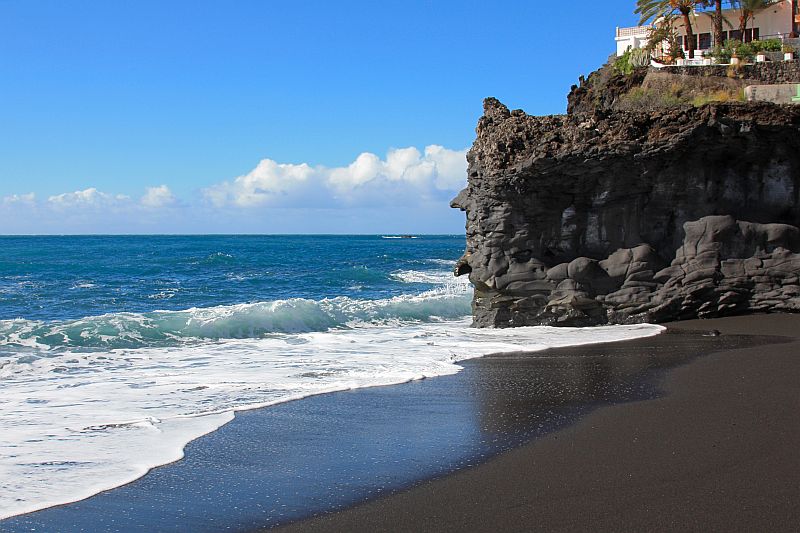
The second group consists of volcanic ash. This material is composed of volcanic glass, rock fragments, and crystals in all possible proportions. Lithified volcanic ash is tuff. Lithified deposit of a pyroclastic flow is ignimbrite.
Olivine, pyroxene, and magnetite are the most characteristic minerals of most volcanic sand deposits. Most volcanic beach sands are dark-colored. Hence, they are often named black sand. Black color is given to these sands by minerals augite (pyroxene), magnetite, and sometimes hornblende. These minerals contain lots of iron in their crystal structure which often gives them black color and reddish rust-colored hue when weathered.
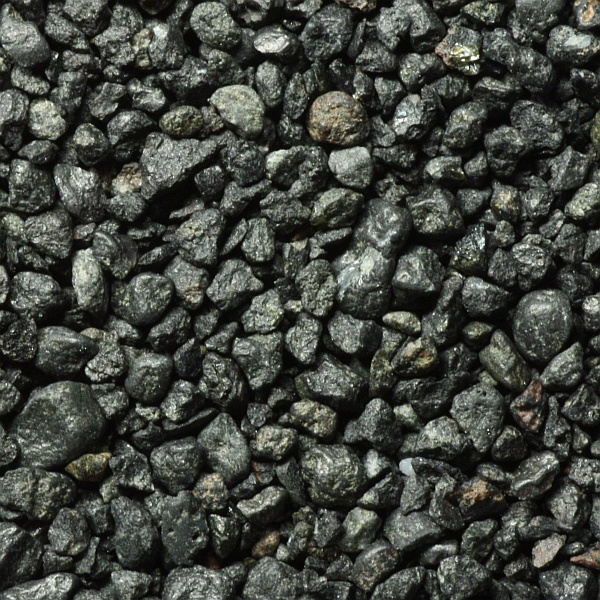
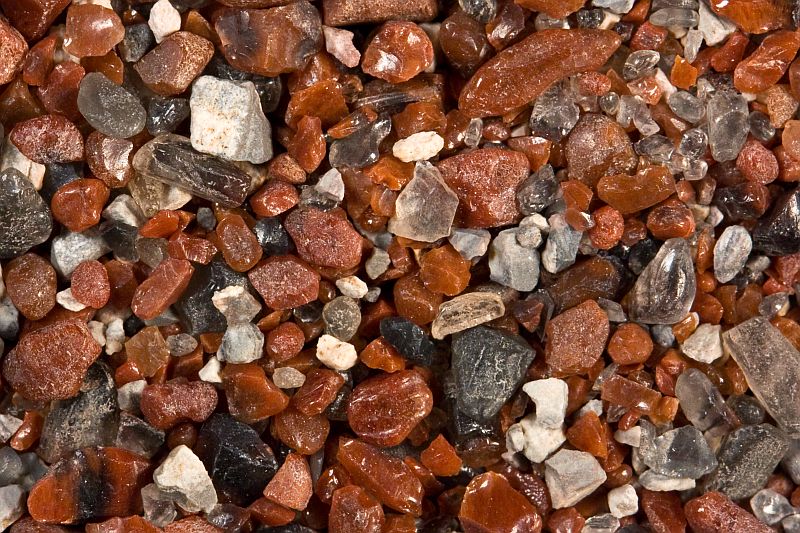
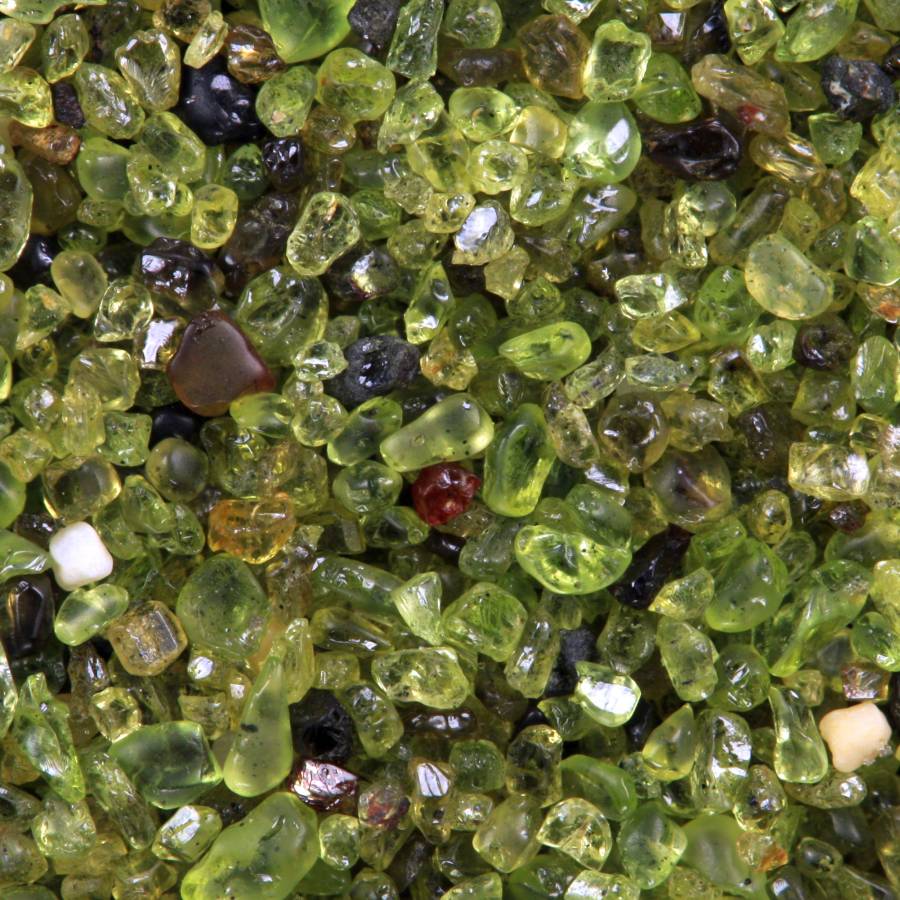
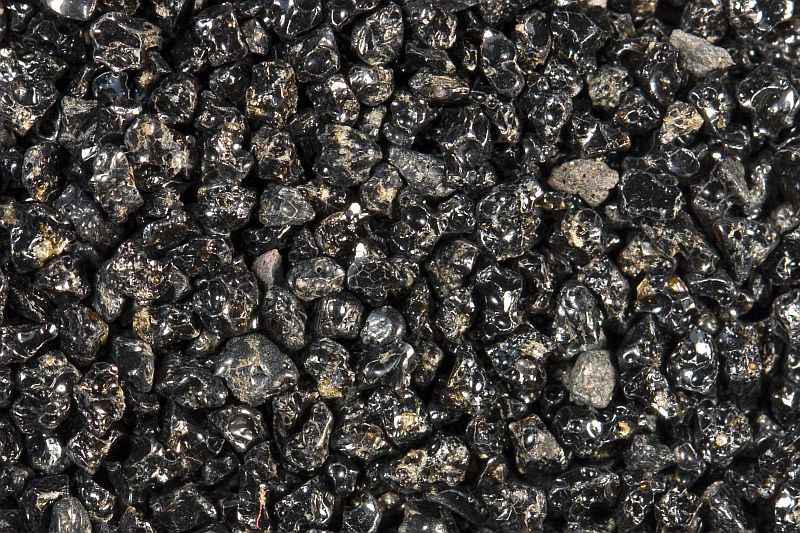
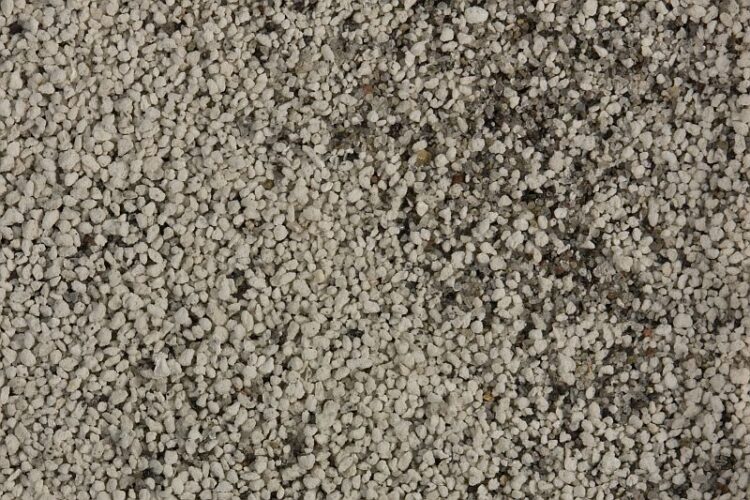
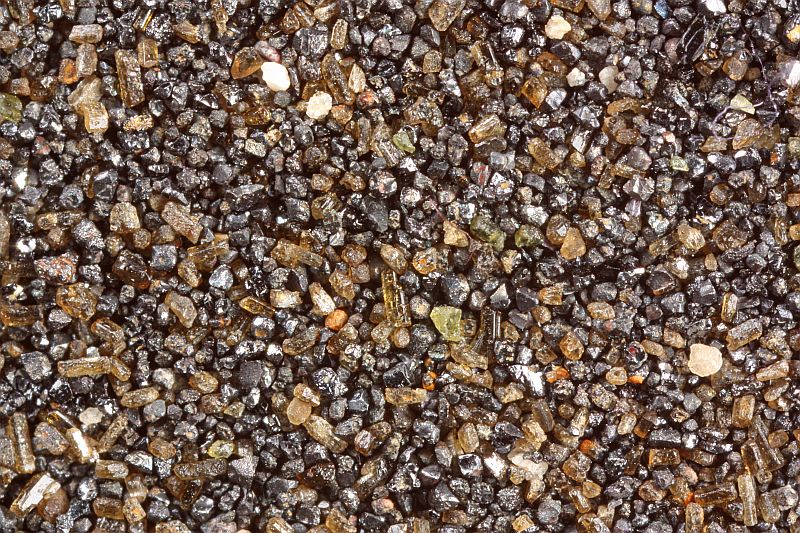
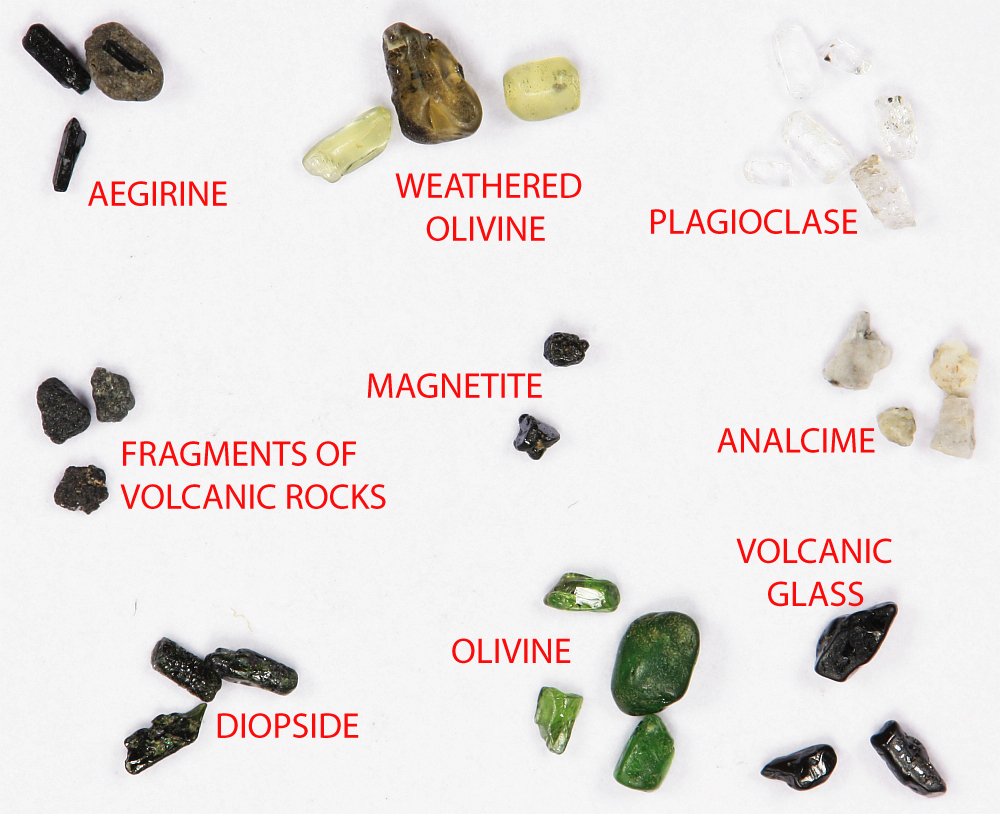
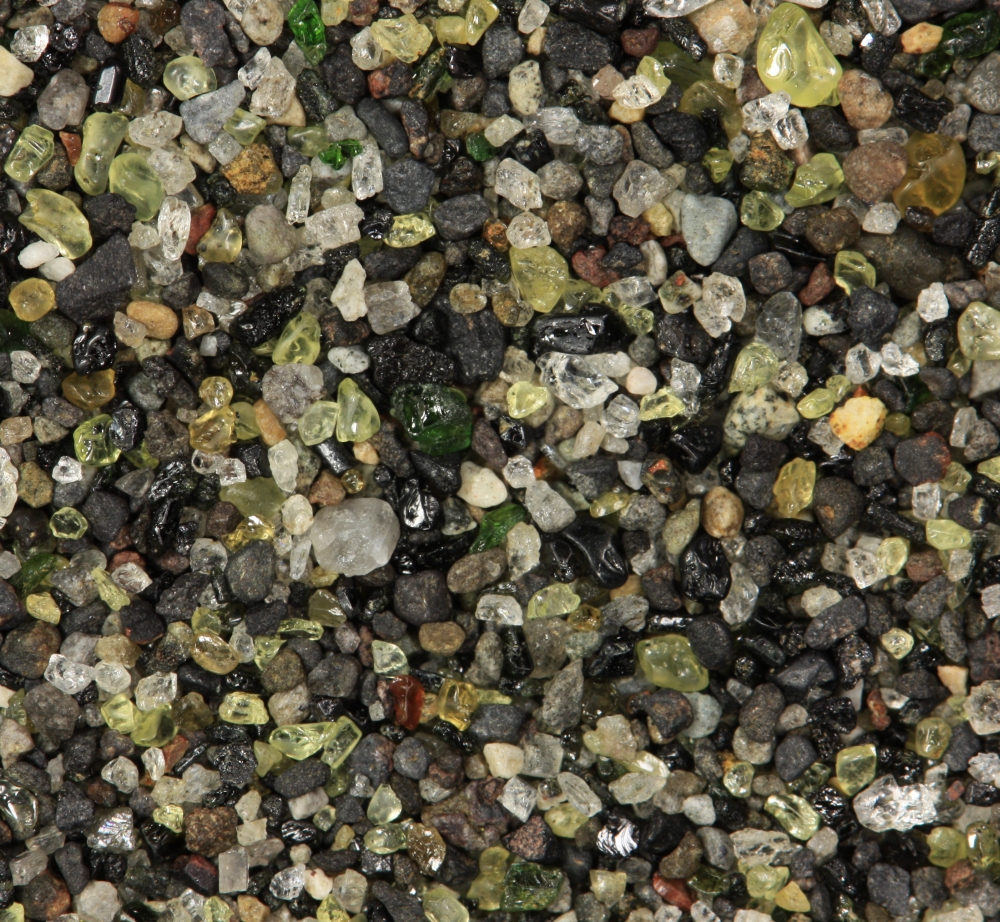

I want to do some sand frlying
which type of sand should I use?
people seem to recommend “black sand”
it is easy to get pure food grade quartz sand
will it have similar enough properties?
Very Useful, thanks